A post from the Tang Action Research Program*
An astute colleague recently remarked that the community, network, and partnership initiatives that feature in Tang Institute work ultimately boil down to substantive and sustained relationships. The observation was compelling, as the core of our engagement efforts focus on cultivating meaningful human connections in order to promote impactful teaching and learning. Often, the degree to which we are able to connect with others — to learn about teaching and learning practices in other contexts, to collaborate on specific work, or to share our practices or research findings — determines the extent to which our projects reach their desired outcomes.
Across a suite of more than four dozen projects since the Institute’s launch in 2014, hundreds of internal and external actors — campus colleagues, external educators, and others from the surrounding Merrimack Valley and beyond — have participated in project development and execution by engaging with innovative curriculum and offering insight and ideas on pedagogical practice. The great majority of Institute projects have involved intentionally constructed links to other educational institutions. The feedback gathered from partners on project effectiveness, whether through formal surveying or informal dialogue, has been positive. Still, though, I wonder, “Are we fully engaging partners in project work?” That is, do our exchanges with fellow educators, whether through Institute convenings or collaboration on specific initiatives, lead to changes in teaching or learning behavior, both on our campus and in other contexts? Further, are we meeting the needs of our partners through the (co-)creation of relevant programming and helpful resources? There is more we could know about how Institute work translates beyond Andover. It would be reasonable, therefore, to gain deeper insight into the Institute partner experience and make sense of the power of those aforementioned relationships. With a desire to better understand if our partnerships are indeed transformative — or not — I was compelled to participate in this year’s action research program.
The ethi{CS} project, in place since 2019, represents a perfect case study as it is a highly networked initiative. Deliberately built around a community of practice, the project marries the fields of ethics and technology in order to explore and share reliable ways for students “to be engaged ethically in their technical learning.”[1]
The ethi{CS} project is led by Institute fellows Kiran Bhardwaj, instructor and chair of the Philosophy and Religious Studies Department; and Nick Zufelt, instructor in Mathematics, Statistics, and Computer Science; with participation by various colleagues over the years including our Tatelbaum Visiting Scholar in Ethics and Creating, Ryan Ravanpak. The project team has diligently designed ways for fellow K‑12 and university educators to learn ethics pedagogies. These vehicles include different types of publicly available, synchronous and asynchronous resources: sample curriculum, pedagogical reflections, periodic workshops, and annual conferences.
By studying the ethi{CS} project’s interactions with its community of educators, I hoped to get a sense of the efficacy of this engagement. Eventually, I wanted to identify ways of improving the project’s connection with educators so that as they learn themselves and seek to teach their students in impactful ways, their needs are better understood and met. The ethi{CS} team is guided by a desire to offer meaningful support to teaching colleagues — their pedagogical ideas are eagerly received at conferences and educators nation-wide show excitement for developing ethically oriented technology teaching competencies. As the project team develops new training opportunities and resources for the community of interested educators, the quality of the project<>community relationship will determine how effectively the project serves the development of educators, and ultimately, the development of students.
This exploration, though, has been anything but a linear process. Leveraging the insight and practical toolkits offered by Dr. Stilwell through the action research program, my early attempts at understanding the project “system” led me to sketch the universe of “ethics and technology”, including its various actors (much too broad), and, later, to develop a rendering of current and potential project resources (helpful, but out-of-scope). Ultimately, the ongoing whiteboard sessions and project-reflection conversations helped surface some cogent advice: consider your sphere of influence.[2] I was reminded to identify the boundaries of change within my purview and operate within that domain. As the partnerships and outreach lead for Institute work, I honed in on the relational dimensions of the ethi{CS} project and sought to make sense of the community’s needs and experience through a network-wide survey. I designed questions to learn what resources have been used, how useful those have been, and how the community prefers to receive communication.
My learning had just begun.







